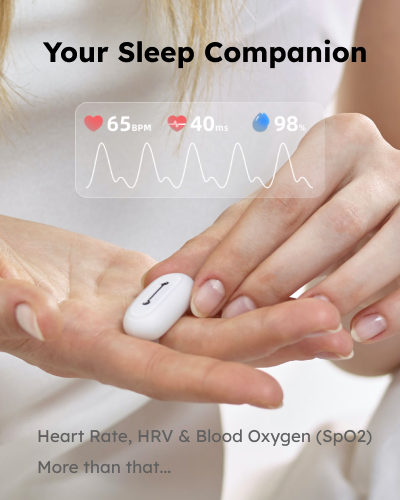
The reason why SLEEPON provides ODI 3% and ODI 4%
In the realm of sleep medicine, particularly in the assessment of sleep-disordered breathing, the Oxygen Desaturation Index (ODI) serves as a crucial metric. It measures the frequency of oxygen desaturations during sleep, often indicating the severity of conditions like obstructive sleep apnea (OSA). Many people have heard of ODI 3% and ODI 4%, However, they are not very clear about why these two indices exist.
The real reason is very easy to understand.
ODI 3%: A Broad Approach
The AASM (American Academy of Sleep Medicine) standard
The AASM defines hypopnea in relation to ODI as requiring either an electroencephalogram arousal or a minimum of ≥ 3% oxygen desaturation. This definition aims to capture a broader spectrum of sleep-related breathing disorders, ensuring comprehensive diagnosis and treatment for patients with varying degrees of severity. By including a lower threshold for oxygen desaturation, the AASM standard acknowledges subtle yet clinically significant changes in oxygen levels that may impact sleep quality and overall health.
ODI 4%: A Stringent Criterion
The CMS (Centers for Medicare and Medicaid Services) standard
Conversely, the CMS standard imposes a more stringent criterion, requiring ≥ 4% oxygen desaturation to classify an event as a hypopnea in the calculation of ODI. This stricter threshold reflects a focused approach aimed at identifying more pronounced episodes of oxygen desaturation, potentially indicative of more severe respiratory disturbances. Such criteria are often used in healthcare reimbursement settings and may influence coverage and access to treatments under Medicare and Medicaid programs.
The newly upgraded GO2SLEEP 3 will provide ODI 3% and ODI 4% to meet different monitoring needs.

ALL ARTICLES
Subscribe Us
Products
Company
Copyright © SLEEPON. All rights reserved.
SLEEPON keeps both Sleeponhealth and Sleepon.us due to the brand upgrading. We promise to provide the same products and service in both sites.








Leave a Reply